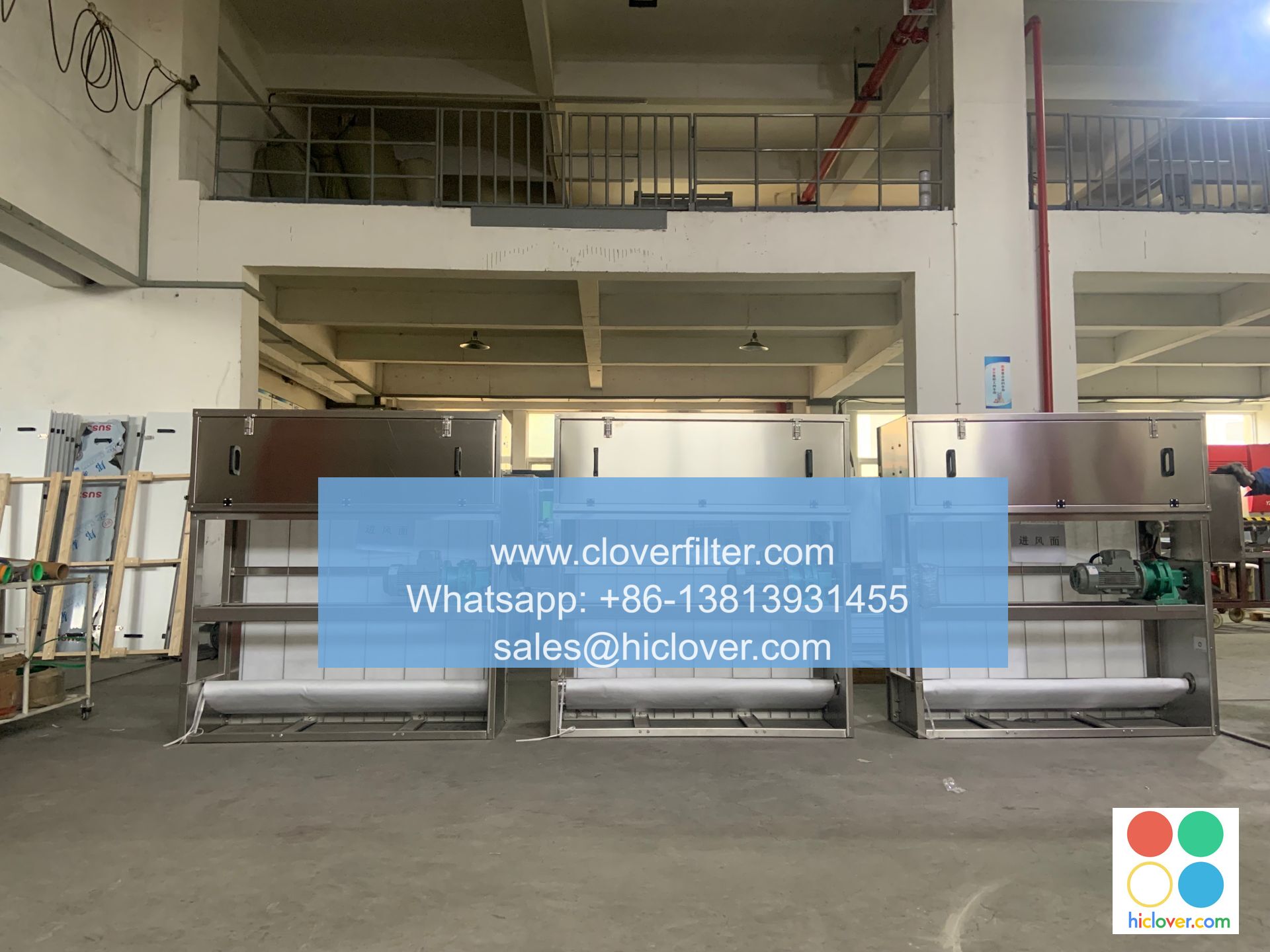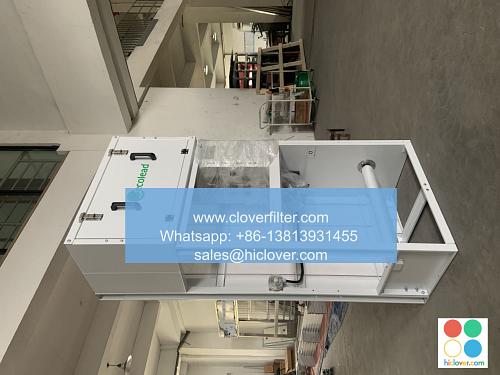Introduction to Automatic Roll Air Filters in Laboratory Settings

Laboratories are sensitive environments that require precise control over air quality to ensure accurate results and maintain a safe working environment. One crucial component in achieving this control is the air filtration system. In recent years, automatic roll air filters have gained popularity in laboratory settings due to their efficiency, reliability, and ease of use. This article will delve into the world of automatic roll air filters, exploring their application areas, benefits, and key features.
What are Automatic Roll Air Filters?
Automatic roll air filters, also known as roll filter systems or vidaire filters, are designed to provide a continuous supply of filtered air to laboratories, minimizing the need for manual intervention. These systems utilize a roll of filter media that is automatically advanced when the filter becomes saturated, ensuring a consistent flow of clean air into the laboratory.
Key Features of Automatic! Roll Air Filters
Some of the key features of automatic roll air filters include:
* HEPA filtration: High Efficiency Particulate Air (HEPA) filters are capable of capturing 99.97% of particles as small as 0.3 microns, ensuring the air in the laboratory is virtually particle-free.
* Automatic roll change: The filter roll is automatically advanced when the filter becomes saturated, eliminating the need for manual intervention.
* Filter media options: Various types of filter media are available, including activated carbon, pre-filters, and final filters, allowing laboratories to customize their air filtration system to meet specific needs.
* Low maintenance: Automatic roll air filters are designed to be low maintenance, with few moving parts and easy-to-replace filter media.
Application Areas of Automatic Roll Air Filters
Automatic roll air filters have a wide range of application areas in laboratory settings, including:
* Biological laboratories: Automatic roll air filters are essential in biological laboratories where sterile conditions are crucial to prevent contamination.
* Chemical laboratories: These filters are used in chemical laboratories to remove harmful chemicals and volatile organic compounds (VOCs) from the air.
* Pharmaceutical laboratories: Automatic roll air filters are used in pharmaceutical laboratories to maintain cleanroom conditions and prevent cross-contamination.
* Medical research facilities: These filters are used in medical research facilities to provide a safe working environment for researchers and to prevent the spread of diseases.
Benefits of Automatic Roll Air Filters
The benefits of automatic roll air filters in laboratory settings are numerous, including:
* Improved air quality: Automatic roll air filters provide a consistent flow of clean air, improving the overall air quality in the laboratory.
* Increased efficiency: These filters minimize the need for manual intervention, reducing labor costs and increasing productivity.
* Enhanced safety: Automatic roll air filters help to prevent cross-contamination and the spread of diseases, creating a safer working environment for laboratory personnel.
* Compliance with regulations: These filters help laboratories to meet regulatory requirements for air quality and safety standards.
In conclusion, automatic roll air filters are a crucial component in laboratory settings, providing a reliable and efficient way to maintain clean air and prevent cross-contamination. With their key features, application areas, and benefits, these filters are an essential tool for laboratories seeking to improve air quality, increase efficiency, and enhance safety.

